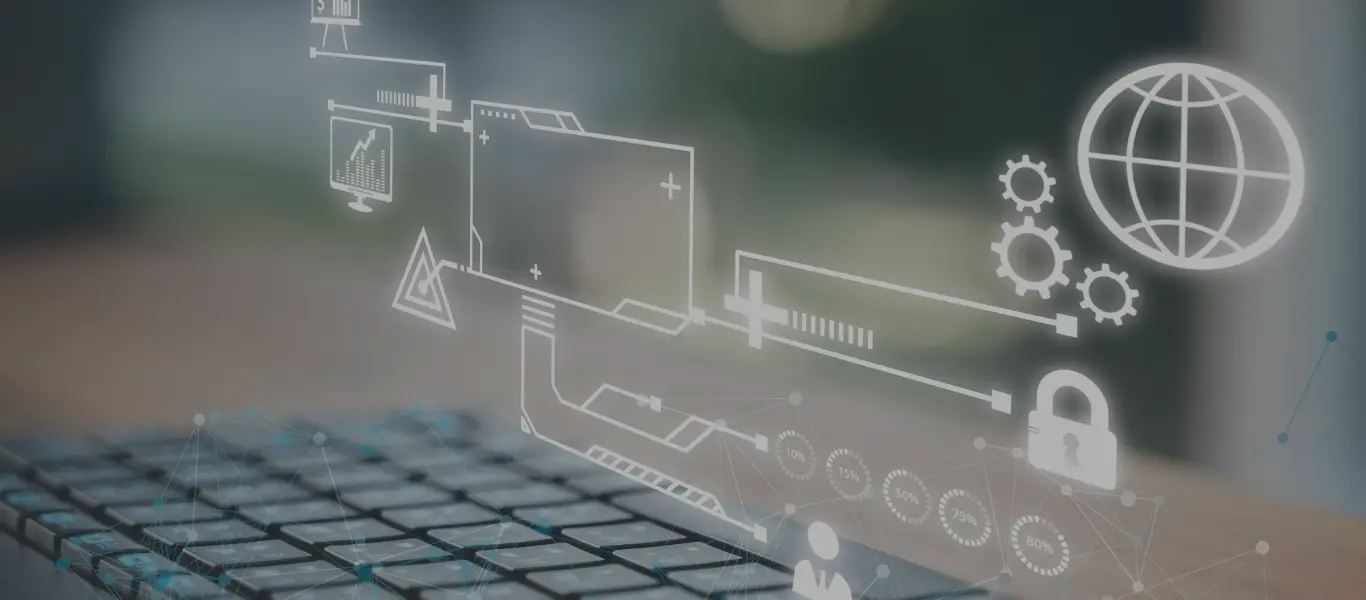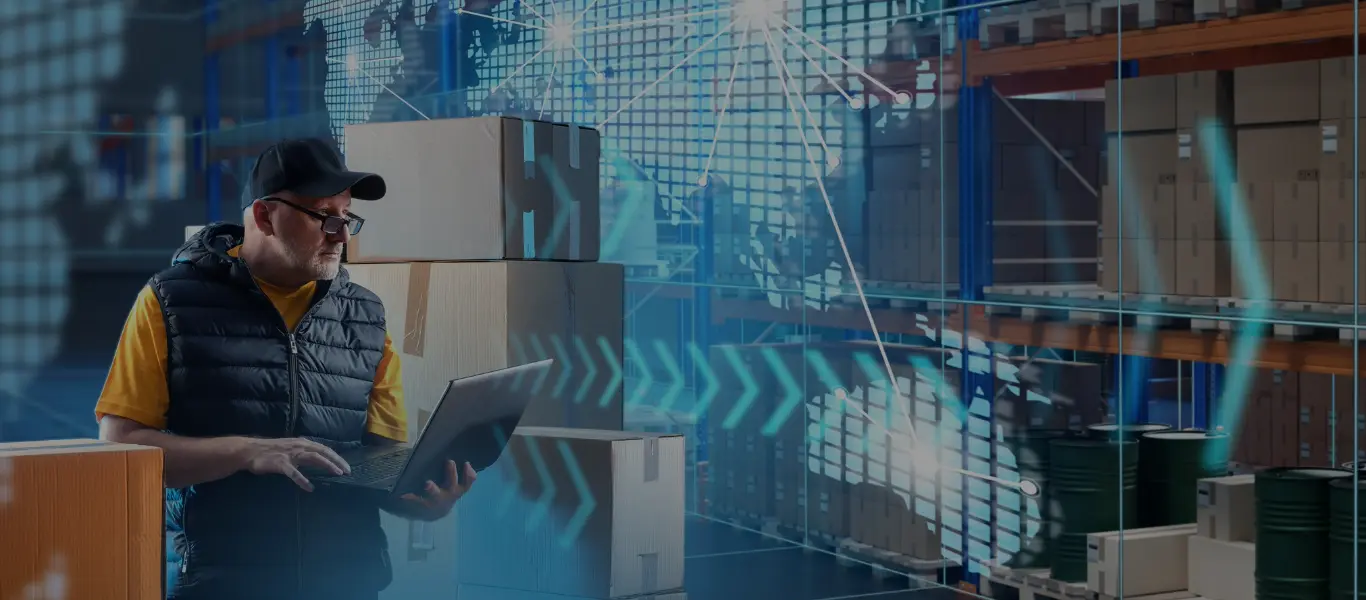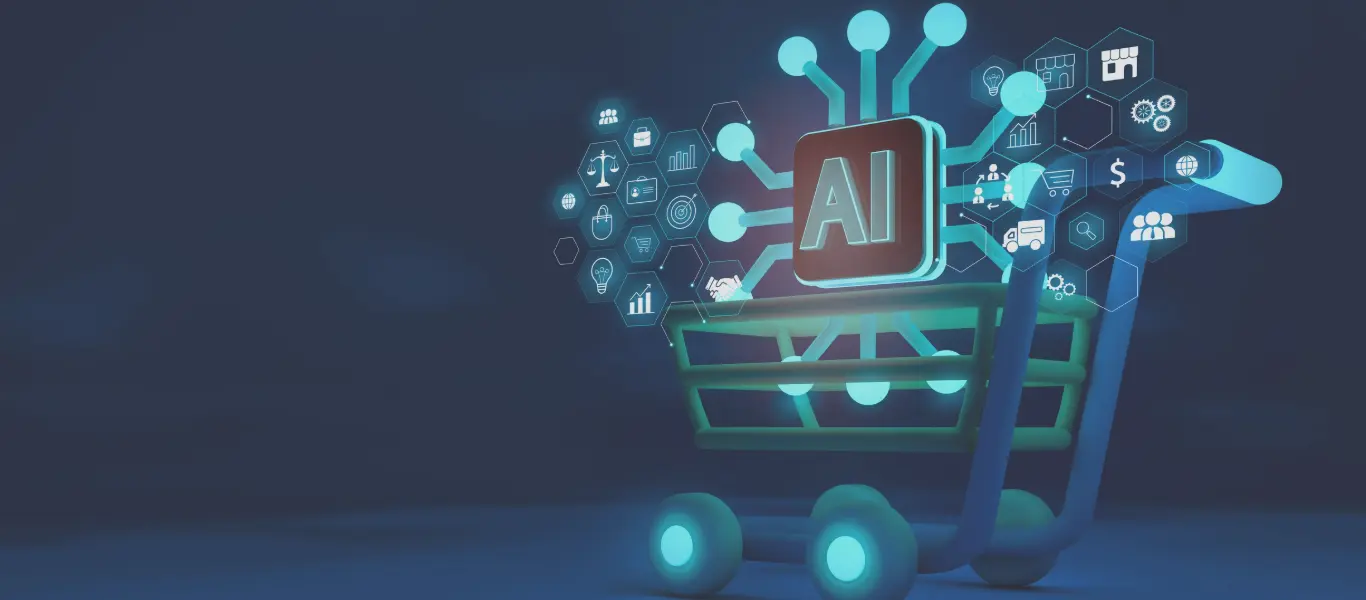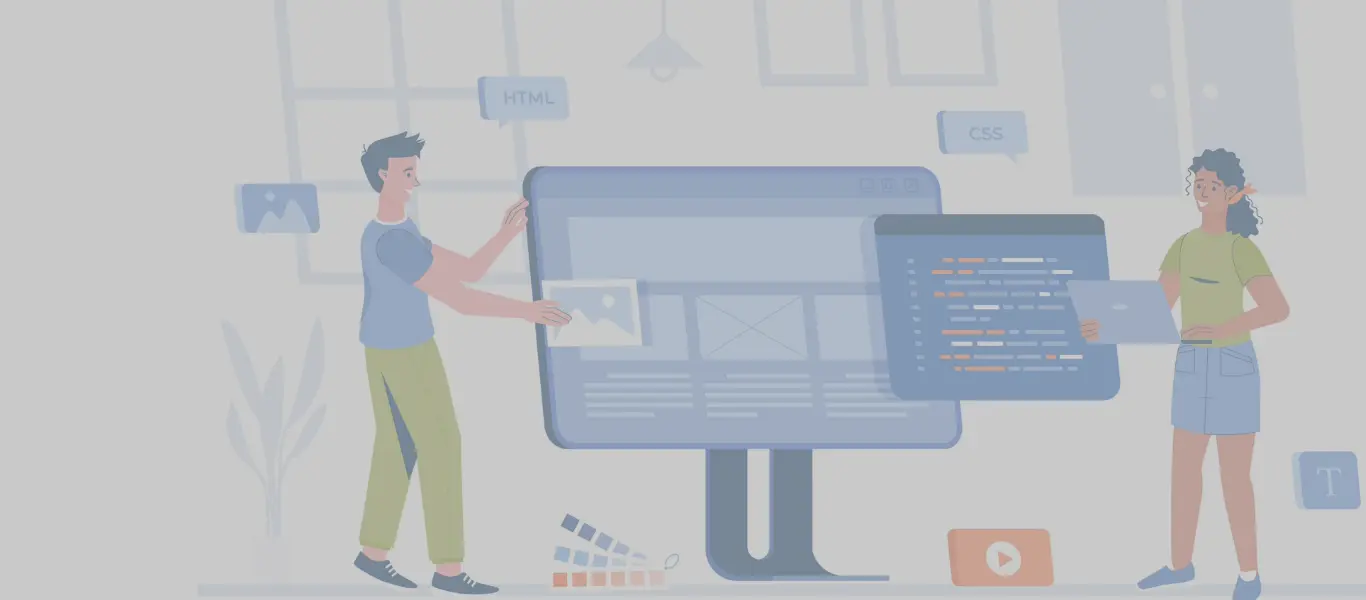While adopting a traditional approach for going headless on a monolithic architecture certainly offers significant benefits, leveraging micro frontends amplifies those benefits further and enables an even more future-proof tech stack. A micro frontend headless framework goes a step further than traditional headless by offering a more modular and truly distributed frontend architecture that provides greater benefits in terms of development speed, maintainability, scalability, and overall user experience. We’ll explore the differences and why they should matter to IT and business teams alike.
Defining Traditional Headless vs a Micro Frontend-based Headless Framework
Traditional Headless: An architecture that separates the frontend (presentation layer) from the backend (business logic), allowing for independent development and deployment of frontend and backend functionalities. While this offers significant advantages over purely monolithic architecture, the frontend remains a single application that is still tightly coupled across features and functions of the application.
Micro Frontend Technology: More fully embraces the concept of distributed development, offering a revolutionary way to build complex, large-scale web applications by breaking them down into manageable, loosely coupled modules that are each responsible for a distinct feature of your eCommerce website or application. The frontend is composed of independent, self-contained units, each with its own business logic, UI components, and APIs. Each of these micro frontends owns its own functionality, codebase, and deployment process, enabling each micro frontend to be developed, tested, and deployed independently. Furthermore, micro frontends seamlessly integrate with an organization’s preferred CMS and Search solutions, serving as the foundation for the journey to frontend composability.
The Implications for IT and Business Users
1. Modular Frontend Development
| Micro Frontend Headless Framework | Traditional Headless |
|---|---|
| Each component (or micro frontend) can be developed, deployed, and maintained independently for faster development cycles. | While traditional headless systems also decouple the frontend from the backend, they do not provide the same level of granularity. Updates often involve the entire frontend, which is less efficient. |
IT Implications: Technical teams have the ability to work on specific features (e.g., dynamic pricing, advanced search, and real-time inventory availability) as isolated micro frontends. This simplifies development, testing, and debugging while eliminating the inherent risks and coordination required when the frontend application is a single unit and changes to one part affect others.
Business Value: Faster development cycles mean quicker feature delivery. This agility allows businesses to respond promptly to market demands, improve user experiences, and stay competitive. Greater maintainability translates to lower long-term costs associated with maintenance and bug fixes.
2. Improved Agility, Iteration, and Reusability
| Micro Frontend Headless Framework | Traditional Headless |
|---|---|
| Teams can focus on smaller, isolated components, which are also reusable across different parts of the same storefront or even entirely different applications. | Frontend changes might require coordination across the entire frontend. APIs expose data and functionality that can be reused, but code reuse is not as granular or advantageous. |
IT Implications: Enables faster iteration. Common UI components (e.g., product listings, shopping cart) can be built and maintained once and then reused across all eCommerce stores managed by the organization. Teams can deploy changes independently, reducing coordination overhead for faster development. Isolated components facilitate A/B testing and experimentation.
Business Value: Faster time-to-market, innovation, and experimentation for better user experiences, higher conversion rates, and increased customer satisfaction. Businesses can adapt swiftly to changing requirements and user feedback, and quickly capitalize on opportunities as they arise. Reuse of micro frontends translates to lower development costs and consistent UX.
3. Greater Technology Diversity
| Micro Frontend Headless Framework | Traditional Headless |
|---|---|
| Offers developers the freedom to use diverse technologies (e.g., React, Vue, Angular) for different micro frontends. | While still flexible, traditional headless systems might enforce a consistent technology stack across the entire frontend. |
IT Implications: Teams can choose the tools best aligned to their expertise or best suited to the requirements for each component (i.e., micro frontend). For example, a micro frontend responsible for real-time inventory availability could use a technology optimized for real-time data. Integration with third-party services or legacy systems becomes seamless.
Business Value: Ensures easier future-proofing. Businesses can adopt new technologies without overhauling the entire frontend, saving costs and effort. The ability to use diverse frameworks enables building a best-in-class user experience by leveraging the strengths of each technology, as well as it opens up a wider talent pool of developers for easier recruiting.
4. Increased Scalability and Performance
| Micro Frontend Headless Framework | Traditional Headless |
|---|---|
| Due to the independent nature of micro frontends, teams can scale specific components horizontally as needed. Micro frontends can be loaded independently, which can lead to improved performance. | Scalability and performance depend on the overall frontend architecture. |
IT Implications: Allows more fine-grained and targeted scaling compared to a headless frontend that’s monolithic, handling traffic spikes more efficiently. As your application grows and more features are added, new micro frontends can be created without increasing the complexity or size of existing ones. This can make it easier to implement complex features that might be challenging in a traditional monolithic frontend.
Business Value: Scalability is critical to businesses experiencing rapid growth. It ensures consistent performance during peak times and prevents revenue loss due to downtime or slow performance. For example, a user searching for a product doesn’t need to wait for the entire application to load; only the search micro frontend needs to be loaded. Isolated scaling also enables cost optimization as resources can be allocated only where needed.
5. Greater Team Autonomy and Clearer Ownership
| Micro Frontend Headless Framework | Traditional Headless |
|---|---|
| Teams can take ownership of specific micro frontends (components/functionality), fostering autonomy and accountability. | Ownership might be less clear-cut, leading to coordination challenges. |
IT Implications: Teams can better innovate, optimize, and maintain their components effectively. Moreover, they can specialize in specific areas, becoming experts in their chosen frameworks.
Business Value: Clearer ownership leads to faster feature development, better quality, and reduced time-to-market. Businesses benefit from empowered, efficient teams.
6. Isolation and Fault Tolerance
| Micro Frontend Headless Framework | Traditional Headless |
|---|---|
| If one micro frontend fails, it doesn’t impact the entire application. | Failures in one part of the frontend can potentially affect the entire application. |
IT Implications: Isolated micro frontends mean failures in one component don’t cascade to others, enhancing fault tolerance and resilience. This inherent isolation also simplifies debugging and maintenance.
Business Value: Improved fault tolerance means fewer disruptions for users. Reliable systems build trust and loyalty.
In summary, while both headless approaches offer benefits, micro frontends offer technical advantages (granularity, agility, diversity, scalability, isolation) that directly impact business outcomes (speed, flexibility, reliability, innovation).
Beyond Headless
SkillNet’s Beyond Headless framework is a platform-agnostic, micro frontend-based approach to headless that offers pre-built integrations with several leading eCommerce platforms. What does this mean for organizations?
In addition to the numerous advantages over a traditional headless approach detailed above, it also offers:
Streamlined Re-platforming with Reduced Cost and Risk for Organizations Considering a Future Shift
The micro frontend architecture allows you to migrate the frontend experience gradually, one micro frontend at a time. This minimizes disruption to your business and reduces the overall cost and complexity of re-platforming the backend functionality. Our pre-built integrations with leading commerce engines eliminate the need for custom development work, further streamlining the migration process.
Unified Storefront Management with a Consistent User Experience for Enterprises Leveraging Diverse Commerce Platforms
The micro frontend framework allows you to create a consistent user experience across all your eCommerce stores, regardless of the underlying commerce engine. You can develop and manage a single codebase for core UI components (e.g., product listings, and shopping carts), which delivers tremendous gains in efficiency, and customize them for any individual needs using specific micro frontends.
Click the link to learn more about SkillNet’s Beyond Headless.
Check out our free website CX assessment offer.
About SkillNet, Makers of Modern Commerce
SkillNet Solutions provides consulting and technology services to companies that want to digitally transform their businesses. We can optimize your traditional (monolithic) legacy platforms or implement/migrate to modern headless or composable commerce solutions to enable the flexibility and agility to meet your customers wherever they are, and rapidly respond to sudden shifts in consumer behavior. We also offer Application Management Services (AMS) and can provide skilled resources to serve as an extension of your team to help support and maintain your eCommerce platform.
Located in the heart of Silicon Valley, SkillNet partners with industry leaders like Oracle, SAP Commerce Cloud (Hybris), commercetools, Salesforce, Spryker, VTEX, Contentstack, Cloudinary, Mirakl, and AWS to enhance online and in-store experiences. Since 1996, we have partnered with enterprise clients across 63 countries to drive exceptional customer experiences and growth. Our award-winning solutions have enabled global brands to deliver the promise of modern commerce.






 Ingeniería
Ingeniería







